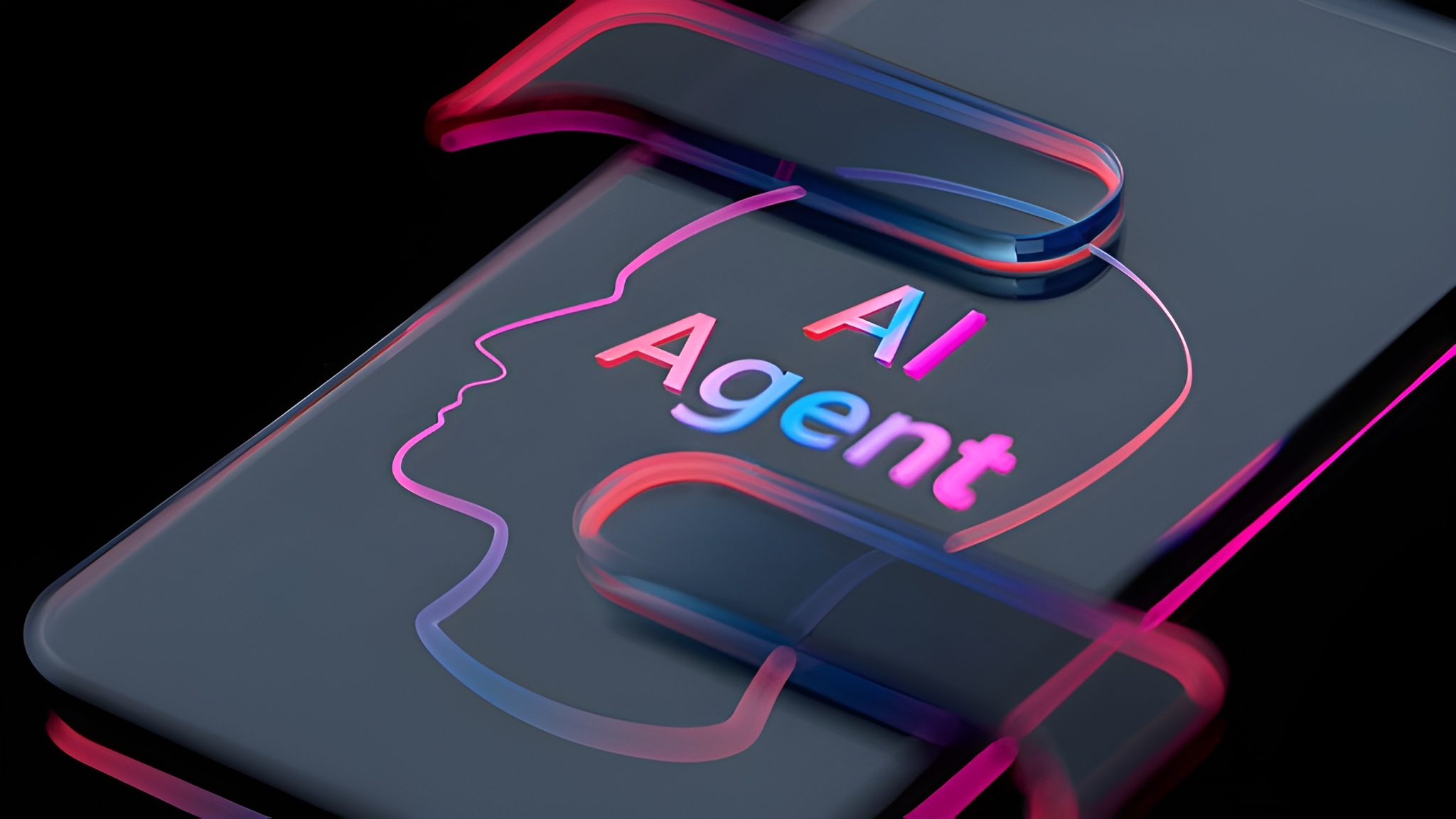The integration of sophisticated AI agents is quickly moving beyond simple automation to form a cohesive, hybrid operating model within organizations. CEOs are tackling the complex architectural challenge of ensuring these agents are seamlessly coordinated, perform reliably, and scale securely. This transformation requires dedicated investment in a robust agentic AI mesh architecture—a set of principles and practices that orchestrate workflows across multiple AI systems. Senior leadership must prioritize establishing strong, curated data foundations, as the effectiveness of any agent is directly tied to the quality of the data it accesses. Furthermore, platforms that automate agent management, performance monitoring, and security are becoming non-negotiable. The critical leadership decisions now revolve around talent strategy: determining the optimal balance of in-house expertise versus outsourced capabilities, and guiding the human workforce to interact with, rather than compete against, their new, highly capable AI colleagues. The success of this transition hinges on creating transparent systems that build user trust in how agents make decisions and process sensitive data.

The New Human-Agent Operating Model
The traditional employee structure is fundamentally changing. Top executives are now focused on effectively managing a new kind of team: the symbiotic collaboration between human talent and intelligent AI agents. This necessitates an overhaul of processes, training, and accountability structures.
Vantage Crest Team
Published October 6, 2025
